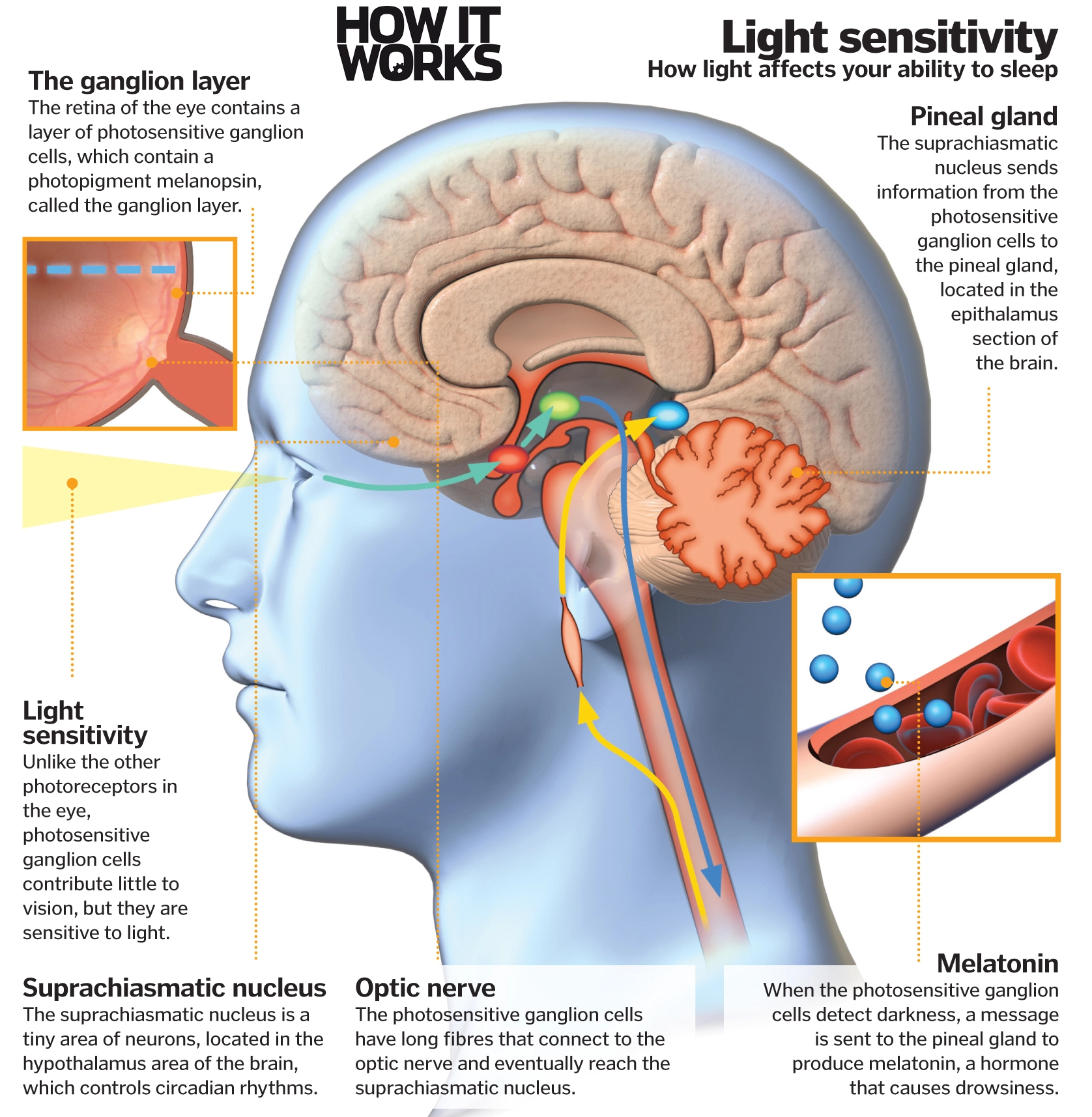It’s almost time to “fall back” an hour.
For many, it is an exciting change of seasons. But for parents, it can be a time of increased stress and decreased sleep due to the change in their children’s wake timing. There are two ways that I typically recommend to parents for helping their children be prepared and adjust to this night.
The first is to let the optic nerve do its job.
Provide the first-morning milk feeding session in the home area that gets the best view of the early sunrise; usually, our breakfast room or where the family takes their meals. Or open the drapes throughout your home, allowing your child’s eye-gate to come in contact with the distinctive blue light that emits from the early dawn. This blue light sends a signal through the eye to the brain to start producing wakefulness hormones.

Another way to help prepare your child
is four days before the time change; begin moving your child’s sleep times, wake times, and feeding schedule ahead on the clock fifteen minutes per day so that your child is gradually adjusted in advance.
Some other tips I have to help set your child and your family up for success are-
- Make sure your child is well-rested, to begin with. There is no better foundation for good sleep than a solid, evidence-based sleep hygiene plan! “Sleep hygiene” is the medical terminology for syncing your children’s sleep with their natural biological rhythms and using simple, age-appropriate, evidence-based sleep science techniques that help kick-start your child’s birth and powerful melatonin production so that when you lay them down for naps or bedtime, their brain and body will want to do the sleeping. My trademarked, 4 Pillars of Sleep Hygiene®, do the job!
- Make sure your child’s bedtime isn’t too late. Missing the correct wave of sleep hormones usually causes extra early morning wake times! Daylight Savings Time will only make this problem much worse.
- Begin your bedtime routine immediately following a warm, relaxing candle-lit bath and finishing up the routine in a darkened sleep environment.
- Keep your post-bath bedtime routine to 15 minutes max! This safeguards your child from missing that powerful wave of sleep hormones that are often released after substantial fluctuation in core body temperatures after a warm bath before settling down in a darkened room. Both of these things do a great job of kick-starting your child’s melatonin production. If you prolong this routine, your child will eventually catch their second wind (a cortisol burst) and become overtired.
- Wake your child between 6-7 a.m. and expose them to the early morning dawn and sunrise outside for what I like to call “Naturewalk Time,” or set them near a sunny window to play directly after their breakfast or first-morning milk-feeding. Do this for at least 20 minutes, but the longer, the better. Up to 40 or 50 minutes is ideal.
Good luck, parents!
I hope your transition goes smoothly. Don’t forget to adjust your clocks to “fall back” Saturday night. And if you need further help with your child’s sleep issues, check out my online Toddler and Big Kid Sleep Training Course!
Toddler & Big Kid Sleep Training Course
Finally, unlike many sleep training programs, you’ll learn several behavioral approaches so you can choose the one that best matches your child’s needs and your family’s parenting values.

